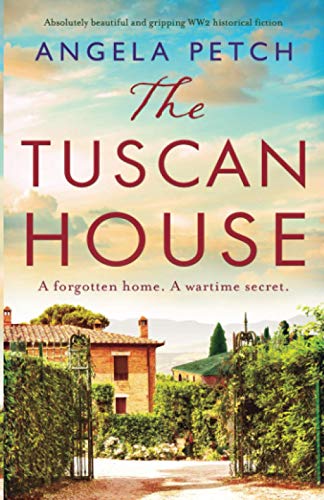The Tuscan House
In 1947, war hero Richard Moorhead receives an invitation to attend a community celebration in Corbello, Tuscany. Although a pacifist, he had worked with the FAU (Friends’ Ambulance Unit) Quakers at a makeshift hospital during the war. He is constantly dogged by the needless violence of his war days, taunted by nightmares, and unable to move forward with his life, so he hops on his ex-military M20 motorcycle, a small knapsack in the sidecar, and heads for Tuscany. Arriving in Corbello, Richard, a shy, gentle man, avoids the limelight of the congratulatory citizens and doesn’t plan on sticking around, but a friend shows him the old tobacco tower that’s for sale, and he’s instantly smitten. What better than a country life in Tuscany to exorcise his ghosts? Soon after taking ownership, as he is digging a vegetable patch, he comes across a woman’s remains, that the carabiniere identify as Fosca Santino. No sooner is Richard given permission to start renovations, then a young woman arrives from out of nowhere, a small boy in tow. Her name is Fosca Santino and she’s very much alive.
Fosca’s story is told through a series of vignettes; her work as a schoolteacher, her husband’s death, her partisan involvement, her close friend Simonetta, the Nazi occupation, local politics, widespread corruption and greed. Fosca is sure the woman in the grave is Simonetta, and that Corbello’s mayor is somehow responsible. I enjoyed the book overall, but my interest waned during what felt like a contrived and hurried ending. Although part of a series, this is a standalone about the devastation of war, the fruitless waste of life, corruption and the opportunistic moment for personal gain.










